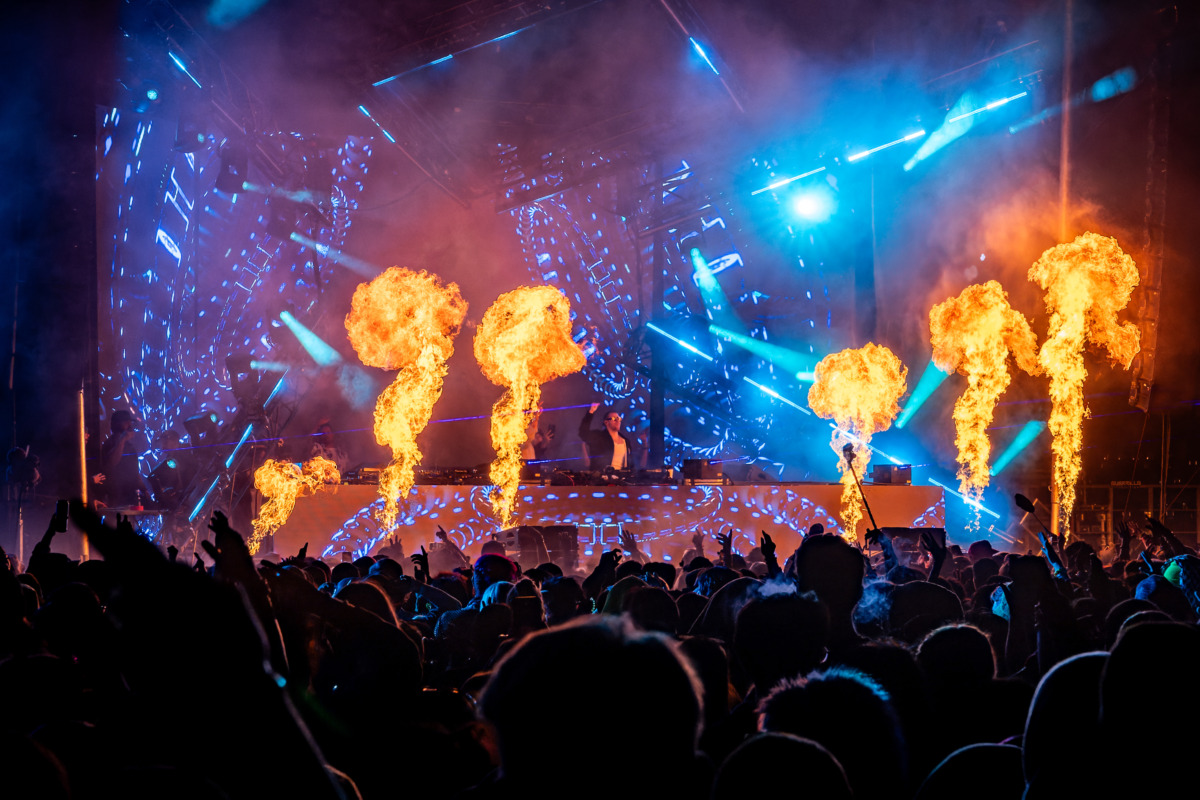There were three massively popular manga series running in Weekly Shonen Jump in the early 2000s: Naruto, One Piece and Bleach. All three of these series were long-running, featured prominently on the covers of the magazine, consistently ranked high in the popularity polls and had had high sales for their volume releases. They were all unstoppable titans, and no three series have since been able to replicate their concurrent success.
Perhaps what makes all three of these series so popular is how they cover related subject matter. Each of these titles is a shonen battle manga, which means they generally feature characters facing each other in intense fights. Naturally, these battles play out in manners that resemble one another, but the similarities don't stop there. They also have characters, plot elements, tones, themes and all sorts of other seemingly minor things that make them feel like they all come from the same mold. It's possible to go on all day listing the similarities between the Big Three's stories, but here are the most important ones.
Character Archetypes
All three series feature similar characters, especially their protagonists. Luffy, Naruto and Ichigo are all headstrong, energetic young men with a lot of potential for growth. They are defined by their never-give-up attitudes toward life and always tackle their problems head-on. They all aspire and train to be the strongest: for Luffy, it's about becoming King of the Pirates; For Naruto, it's to become Hokage, the top ninja in the Hidden Leaf Village; and Ichigo isn't necessarily aiming to be the strongest, but he does desire enough strength to protect those close to him -- a sentiment shared by Luffy and Naruto.
A lot of the people the protagonists meet along their adventures are also similar. There's often a cute girl, some (un)friendly rival(s), wise mentor(s), close friends and bloodthirsty antagonists. The protagonists highly value the experiences they have with everyone they meet for how they help themselves grow as people.
Battles
All three battle shonen have countless similarities in how they handle their fights. The stories each tend toward one-on-one matches between the protagonist, his battle-ready friends and allies, the primary antagonists of a story arc and occasionally, some miscellaneous third parties. Combatants will often reveal that they've been holding themselves back and start using more of their strength and techniques to take an overwhelming lead. This could lead to the opponent, usually someone on the protagonist's side, pushing past their limits to call upon their untapped potential and take the lead once again.
This constant exchange of reaching new heights to overtake the opponent goes on for as long as the plot demands. Combatants will use all sorts of skills and strategies to win a fight, but victory goes to whoever's the strongest. It can also go to the protagonist after finding both the inner strength and will to win.
Story Elements
While premises about pirates, ninjas and spirits seem worlds apart, the Big Three still find ways to echo one another in their stories. All of their stories can be divided into individual arcs based on new locations, new friends and enemies and a major change in the overarching plot. The arc is considered concluded once the protagonist has beaten its primary antagonist in a decisive battle.
Doing so often requires the protagonist to train to acquire the new power-ups and/or skills necessary to give them a desperately-needed edge. After the major conflict is settled, the protagonist(s) will have some time to celebrate, heal their wounds and say a heartfelt goodbye to their new friends before continuing on to their next adventure.
Themes
All three series embody friendship, effort and victory, the core themes of Shonen Jump. Friendship in this regard has something of a broad sense. Besides actual friends, it can include anyone who aids in the protagonist's success like family, mentors and whoever else they happen to meet along their journey.
Effort refers to the hard work the protagonists put into achieving their goals. Part of this is the willingness to stick to their goals despite everyone speaking of their impossibility. Then there's the intense training, trials and tribulations they put themselves through. Finally, there's their never-give-up attitude to keep them in a fight long enough to win.
Shonen Jump isn't the kind of magazine that likes sad endings for their stories. The protagonists can be expected to attain "victory" in the end. They may lose every once in a while, but they'll inevitably find their way to the finish line.
Friendship
The power of friendship cannot be emphasized enough in the Big Three, or in any Shonen Jump title for that matter. Friends act as a major force in the protagonist's life: they help each other out and motivate one another to do better; they're fun to be around and serve as a reminder of what makes life worth living; and they provide emotional and moral support when times are tough. The protagonist will often say that they couldn't get where they are in life if it weren't for their friends.
The antagonist's ideals often reject friendship. They'll expound on how friendship is a weakness that holds people back and real strength comes from the abilities of an individual. It becomes the objective of the heroes to prove the antagonists wrong by using trust and teamwork to come out on top. The antagonist will fail because they couldn't rely on others as the protagonist does.
About The Author

